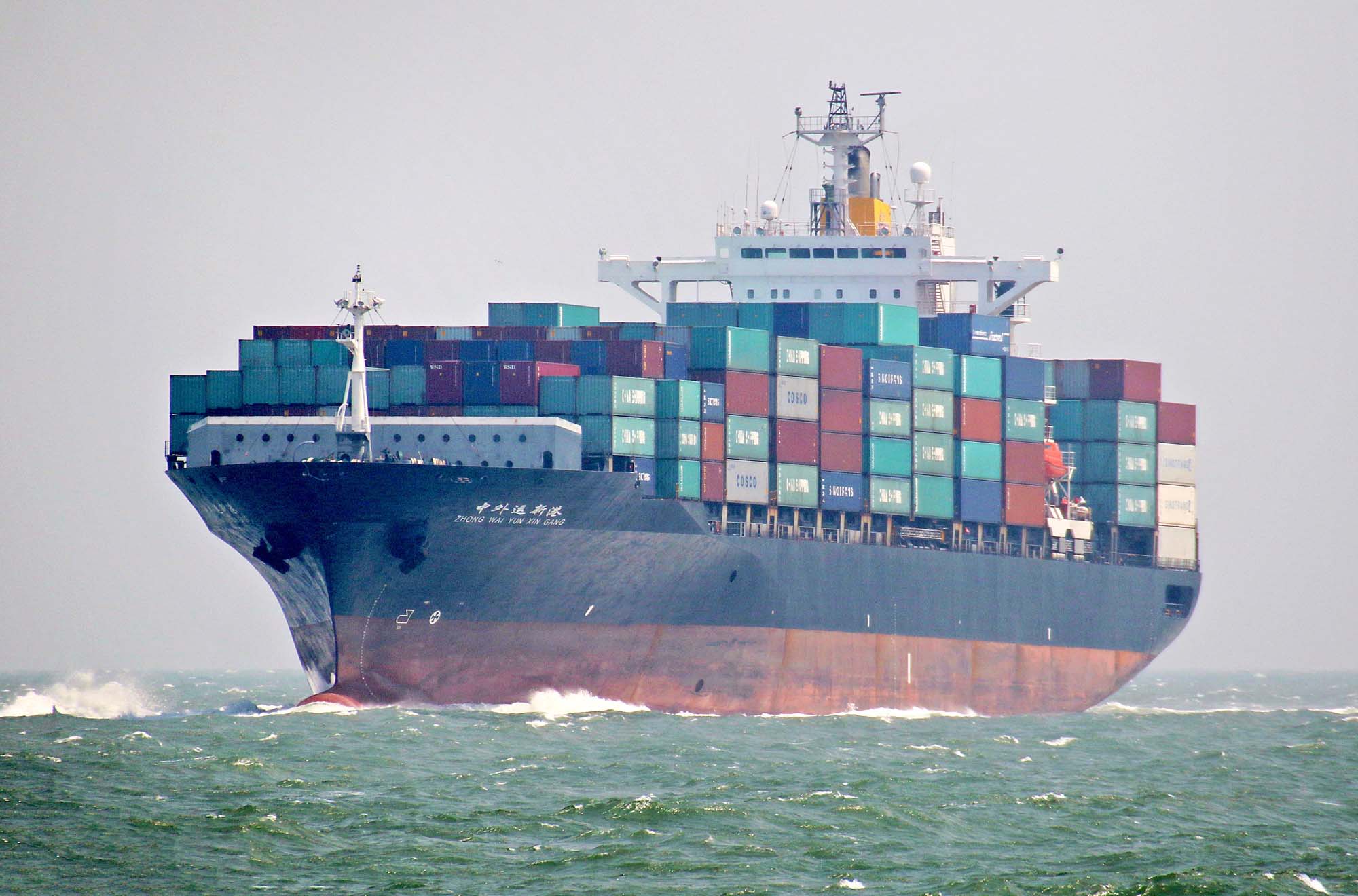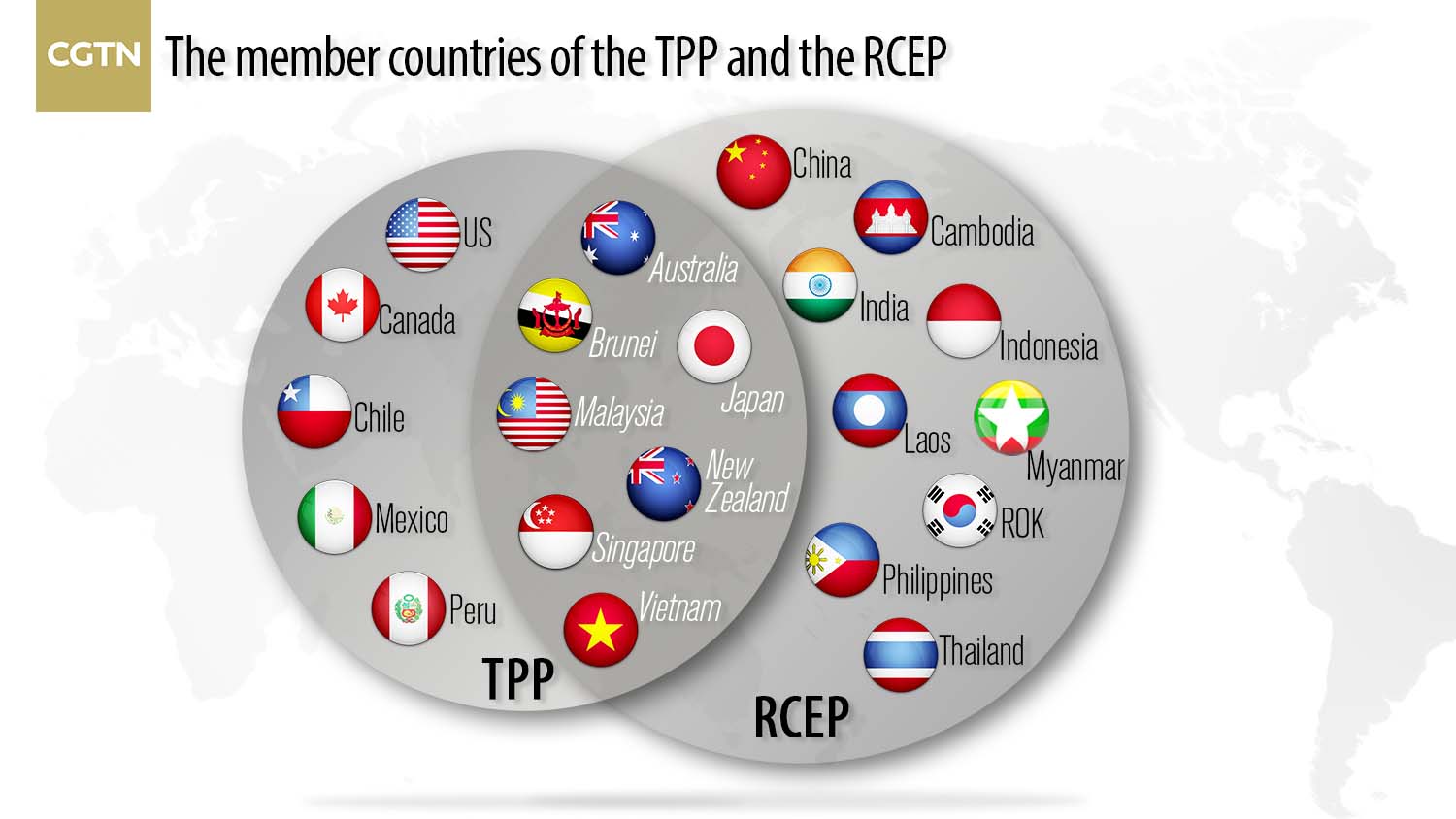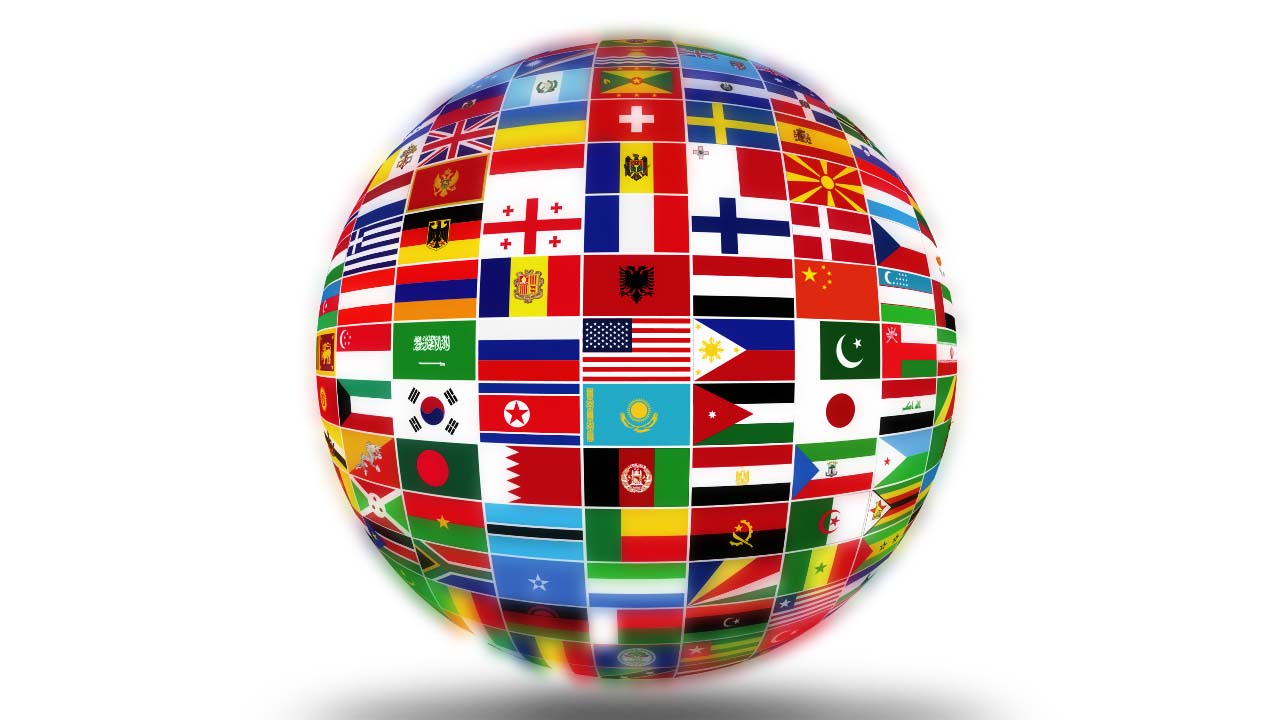Author: Yanqiong Editor: John Goodrich
Design: Zhang Xuecheng
Nowadays, globalization’s loud-voiced opponents seem to be drowning out its defenders. Leading the charge are populist parties, whose actions tend to focus more on what they are against than what they support.
No matter what opponents say, the volumes of goods, services and cross-border capital continue to rise, along with the numbers of people working outside their home countries. All signs suggest that the interdependence trend is firmly embedded.
In the vast majority of Asian countries, there is a strong desire in the political establishment and the business sectors to speed up globalization.
 CFP Photo
CFP Photo
In fact, Asian countries are already benefitting from an array of bilateral and multilateral free-trade agreements.
Take Japan for example, Japanese manufacturers made a combined net profit of 3.15 trillion yen (27.7 billion US dollars), or 76.7 percent of their total overseas profits, from January to March 2015, according to data from the Ministry of Economy, Trade and Industry.
Asia has become the biggest profit-generating overseas market for Japanese companies and is expected to continue to drive their growth.
Asia’s role as a major globalization engine has been further amplified with the US exit from the Trans-Pacific Partnership (TPP) and growing pressures inside the European Union.
Now policymakers and businesses across the Asia-Pacific have been looking more seriously at the Regional Comprehensive Economic Partnership (RCEP) as the world’s major new large-scale free trade agreement (FTA).
Does the future of trade look like RCEP?
The prospective RCEP states are the 10 members of ASEAN (Singapore, Malaysia, Thailand, Indonesia, the Philippines, Brunei, Vietnam, Cambodia, Laos, and Myanmar), China, Japan, South Korea, India, Australia and New Zealand.

These 16 nations account for about half of the world population and 30 percent of global gross domestic product (GDP).
RCEP talks began at the end of 2012 in Cambodia. Despite 17 rounds of negotiations and six ministerial meetings, the participants did not meet their initial December 2016 deadline and have pledged to complete negotiations by the end of 2017.
The most recent round was held in February in Kobe, Japan, the first set of negotiations this year and the only talks since US President Donald Trump pulled out of TPP.
The 16 nations were discussing a full range of trade issues on investment, e-commerce and the reduction of trade tariffs.
But unlike TPP, RCEP does not touch issues such as intellectual property rights, labor law, environment or state-owned enterprises, with a lower level of liberalization, tailored to the needs of particular member countries.
The message is clear: be pragmatic. After all, a trade pact is a deal, rather than a set of tough rules that the participants may find difficult to follow.
RCEP-participating countries have reached agreement in the two fields of economic technology cooperation and contribution to smaller companies.
Still, balancing interests is not an easy task.
India, reportedly, may seek longer deviation periods for reduction or elimination of duties on goods imported from the countries with which it has large trade deficits.
It is impossible to be sure whether negotiators will meet their deadline this year. Yet there is little doubt that within several years, Asia’s mega-trade and economic partnership arrangement will be in place while globalization marches on.

